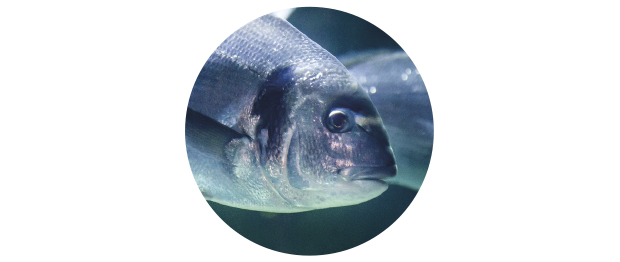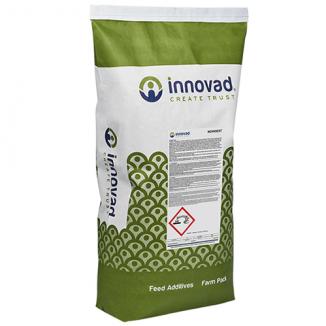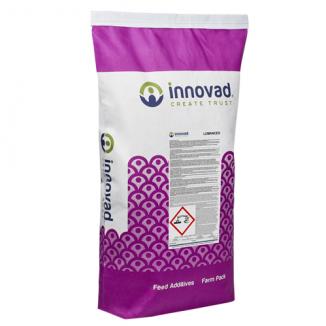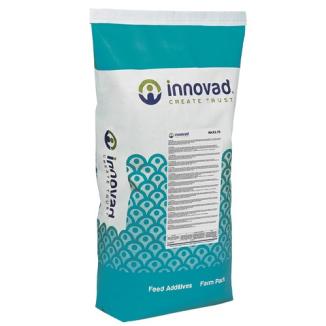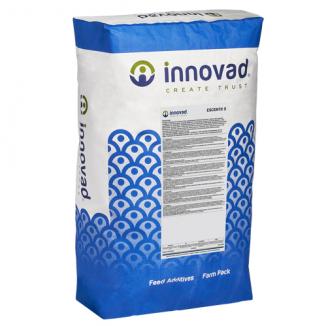Aquaculture Evolution
As a result of stagnating fisheries and fast growing aquaculture production, aquaculture is now the main source of fish and shellfish in most parts of the globe. Aquaculture’s share of fishmeal and fish oil consumption therefore increases, affecting its respective prices. The sector’s feed efficiency has improved simultaneously, reducing the feed conversion ratios (FCRs) for piscivorous fish. Aquaculture’s progress depends on these specific nutritional and technological advances in feed formulation. Its main challenges are:
- Limited knowledge on nutritional requirements;
- Complexity due to wide diversity of species and farming conditions;
- Sustainable use of marine ingredients;
- Minimizing nutrient outputs into the environment;
- Optimizing cost efficiency of feed formulations;
- Functional feeds capable of reducing disease risks.
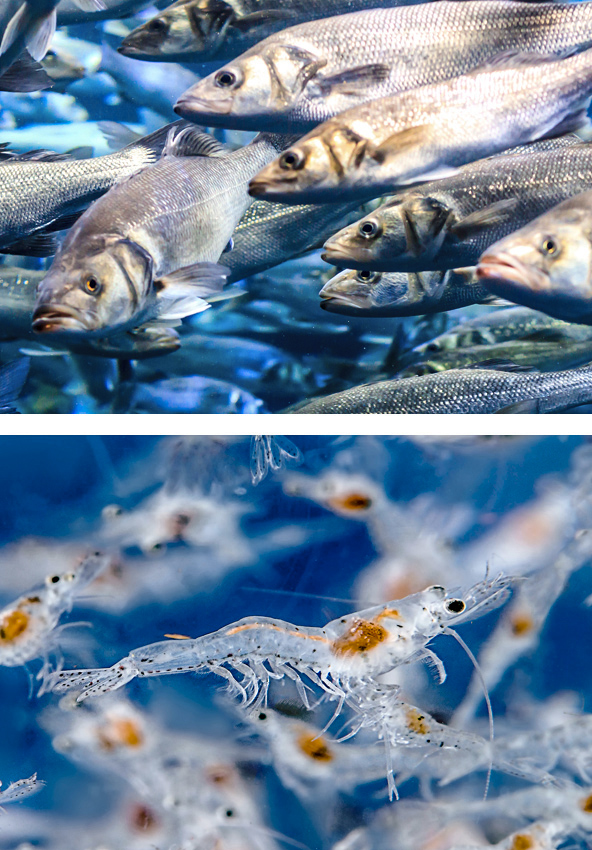
To optimize cost efficiency, cheaper plant based sources of protein are often processed in shrimp meals resulting in an increased risk of mycotoxin contamination. A good mycotoxin prevention and protection strategy is thus highly recommended. With the use of antibiotics being restricted, it is critical to develop cost effective antibiotic alternative strategies to ensure the long-term sustainability of shrimp production.
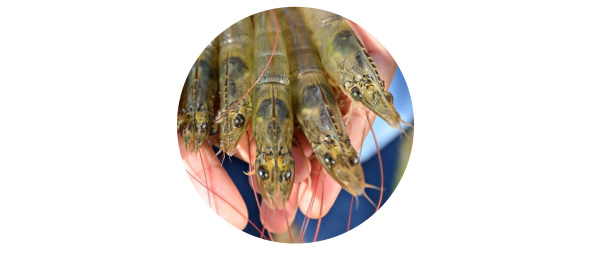
The global fishery and aquaculture industries face overcoming different long-term challenges to sustainable growth in aquaculture. Disease caused by infections and microorganisms is known to be one of the major constraints in the aquaculture industry, and fish may be susceptible to such diseases, regardless of nutritional status. Feeds containing antibiotics are commonly used to treat diseases, which is problematic for different reasons.
